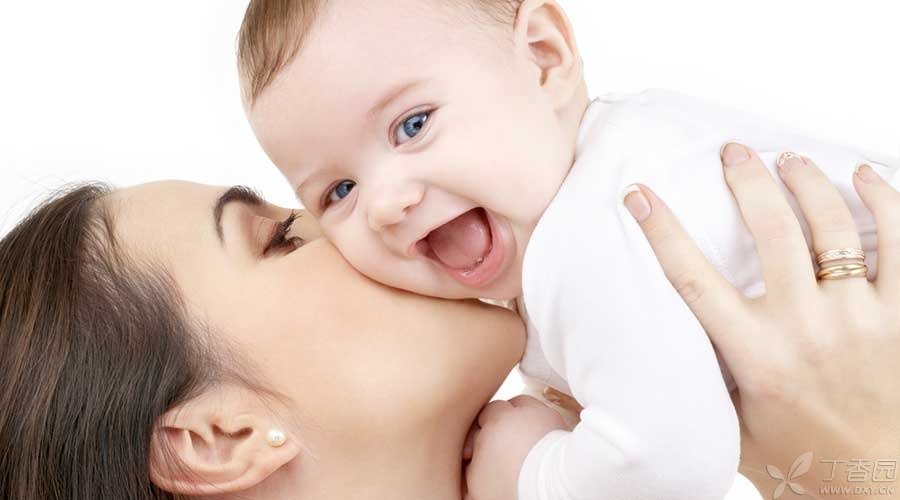
1 month
When you are with your baby, you have to be very close to ta. Why? She can only see things at a distance of 20 to 40 centimeters. Because when her eyes develop, she likes to look at her face. So when she doesn’t sleep, she approaches her and whispers softly to ta.
2 months
While singing and helping the baby clap his hands, Can better develop hand movement and visual ability. Slowly, ta will imitate your movements and pronunciation, develop hand-eye coordination and language ability. Later, the baby will imitate your expression. When holding the baby, you can stick out your tongue, open your mouth wide, or give the baby a big smile. In the next few months, ta will begin to imitate you!
3 months
Your baby may begin to play with his own hands and pat things hard. Stimulate TA’s hand-eye coordination with colorful ringing bells and toys. TA begins to like to raise her head, and letting TA play on her stomach is also exercise. Let TA look at the mirror (preferably the one that won’t break) and encourage TA to raise her head harder to see that there is a lovely face looking at TA.
4 months
Social, sports and language skills have mushroomed rapidly. When a bright toy appears, the baby will babble happily. When you take it away, ta will cry angrily. Do you want it? The baby is beginning to itch! The tickling reflex began to form at 14 weeks.
5 months
The baby’s eyes and ears start working, just like yours. The baby also starts babbling. Try to respond to TA with repeated words to help TA learn to communicate. When TA imitates you, repeat those words and encourage TA. Read the picture book with TA and point to the above things and say to TA that this is called what.
6 months
Soon, the baby will learn to sit up and move around. TA will move on her stomach. Put the toys on the floor and encourage TA to get them. Since such a big baby will put everything in his mouth, make sure the toys are too big to fit into his mouth. How big is it? Larger than the barrel core of toilet paper.
7 months
The baby’s hand skills have been further developed, and in the next few months, he has been practicing gripping and grasping. Pick up a safe small toy, which can stimulate TA’s fine movement skills and coordination ability.
8 months
It’s time to stimulate your baby to feel space and use words. First of all, let the baby play with toys that can hold things, such as pots and pans. Or try to ask the child, [Where is the nose? ] Then point to his nose. Talk about other parts of the body and repeat the game so that the baby can understand the meaning of these words.
9 months
Babies may be fascinated by hinges and other things. They will never tire of seeing TA open and close books, cardboard, cabinet doors and boxes ping-pong. When TA opens and closes dozens of times, she is developing her hand-eye coordination ability.
10 months
Babies will like to look for things hidden. Play [where is it? ] can help ta develop fine movement skills and the concept of permanence of objects: when he can’t see things, they are still there. Hide a bright thing in a scarf, then put the baby’s hand on it, and find it again. Soon ta will find out for himself [where is it? ] how to play.
11 months
To strengthen your language skills, play a lot of games and sing a lot of songs. Language skills are developed through communication between people, not through baby DVDs or TV programs, so try to talk to your baby as much as possible. Use dramatic gestures and tones to tell TA that you are doing what and ask TA questions. She will understand.
Some babies learn to speak early, others climb a few months earlier than their peers. All babies have their own pace of growth. Different growth rates rarely indicate that children have what problems. If you have doubts, please consult a pediatrician. It is often just a normal difference. So, relax and enjoy the journey with your baby.
Responsible Editor: Wang Yucheng
Dr. Clove’s exclusive manuscript refuses any other form of reprinting.
Source: shutterstock.com
